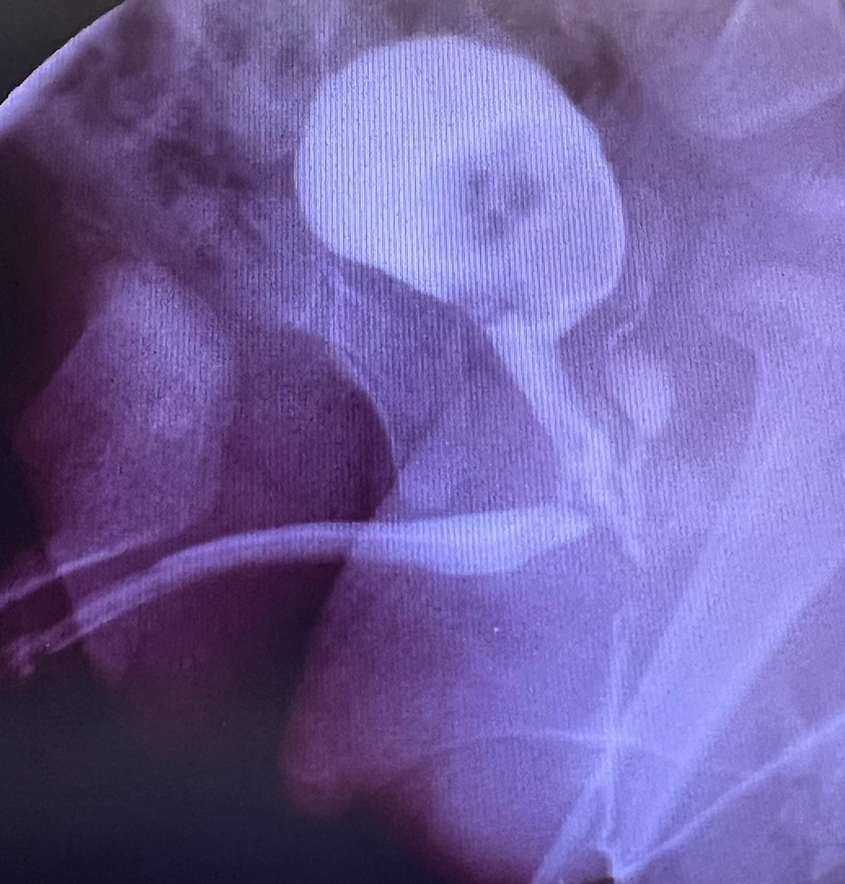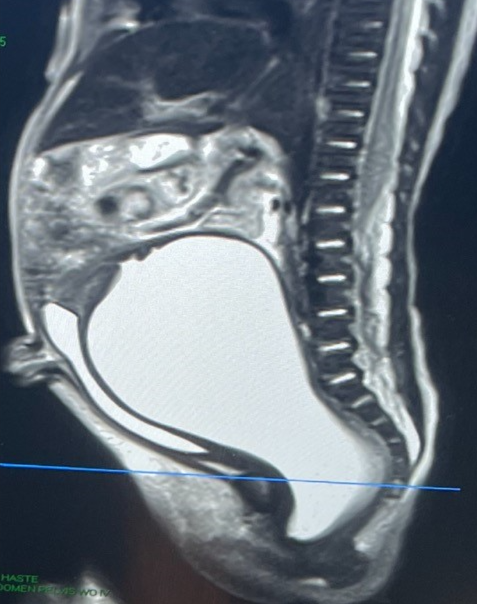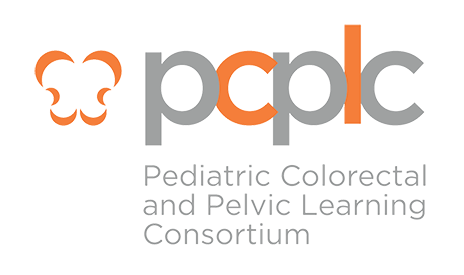Colorectal Quiz: May 29, 2023
Quiz for May 22:
A patient comes to you with HD diagnosed at another hospital, with a rectal biopsy, sigmoid biopsy and appendix; all showing no ganglion cells. Based on these biopsies, the hospital determined the patient had total colonic HD. The child is 8-months-old and is doing well on irrigations. How would you proceed?
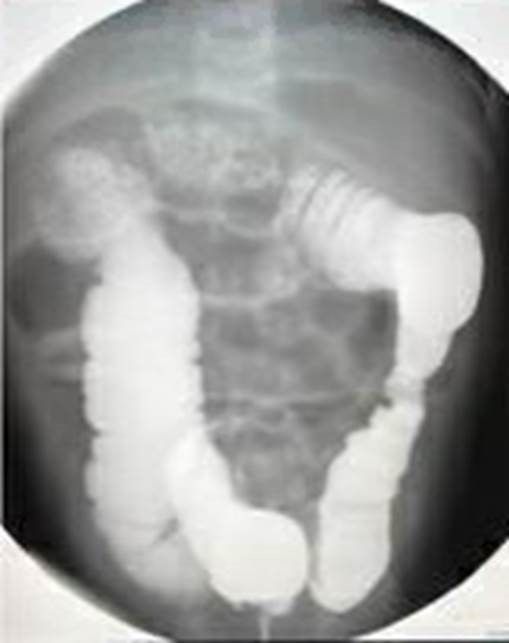
Answer for May 22nd Quiz
For this patient who is doing well with irrigations, he is not distended, and is growing with good nutritional parameters. His contrast study that appears to show a transition zone in the transverse colon, I would not conclude this is total colonic HD with these data. Sampling the appendix is not a good choice as many appendices are aganglionic [See: https://pubmed.ncbi.nlm.nih.gov/26171305/ - Victoria Alison Lane, Marc A Levitt, Peter Baker, Peter Minneci, Katherine Deans. The Appendix and Aganglionosis. A Note of Caution-How the Histology Can Mislead the Surgeon in Total Colonic Hirschsprung Disease. European J Pediatr Surg Rep 2015 Jun;3(1):3-6]. I would first map the colon and take biopsies at the splenic flexure, mid-transverse colon, and distal right colon. After final pathology of these specimens, I could then determine an HD pull-through plan.
Quiz for May 29:
OK, you have now done the colonic mapping on this patient. And the biopsies come back no ganglion cells at the splenic flexure, mid-transverse colon and distal right colon. How would you proceed?
How would you handle this case?
